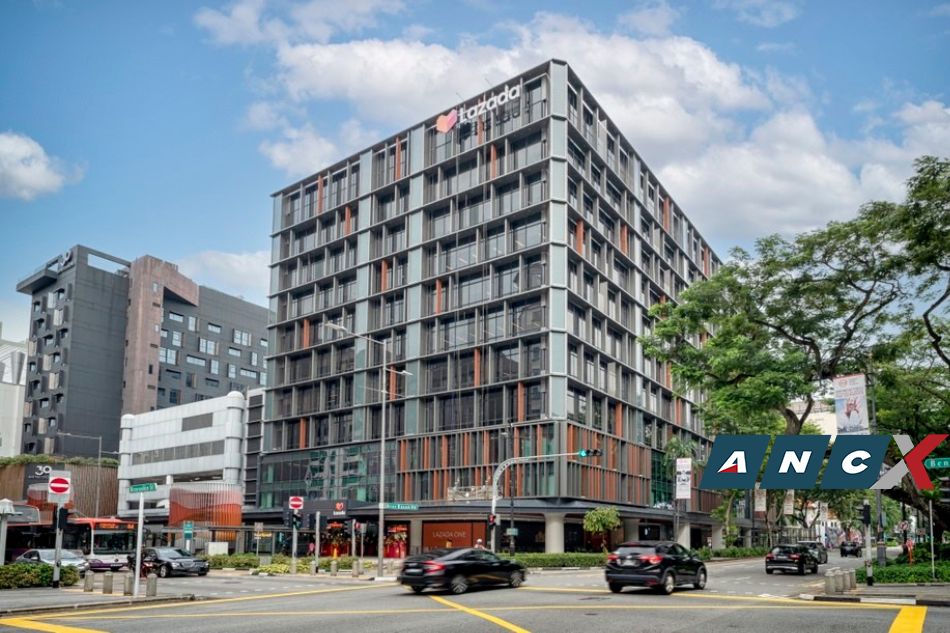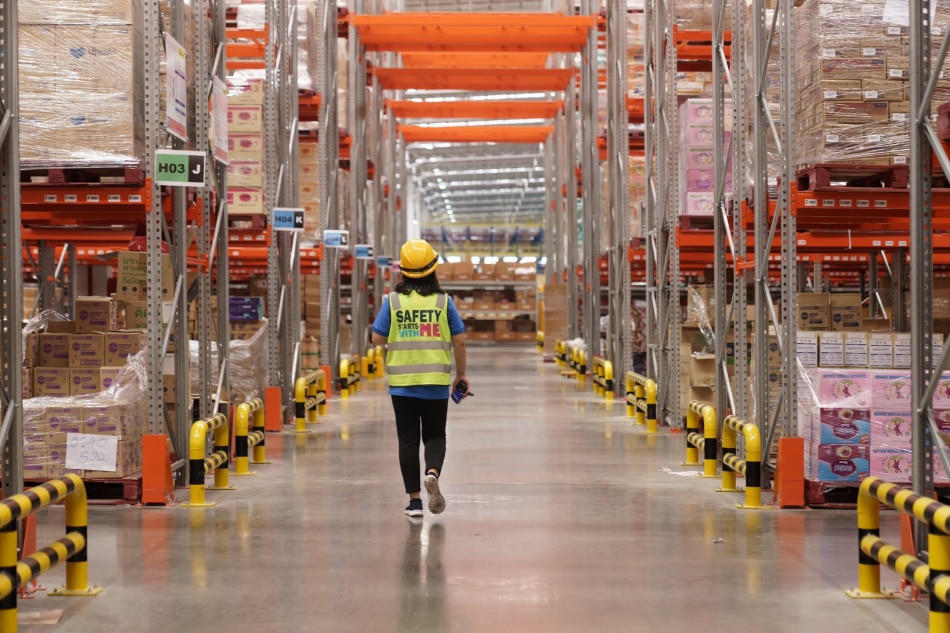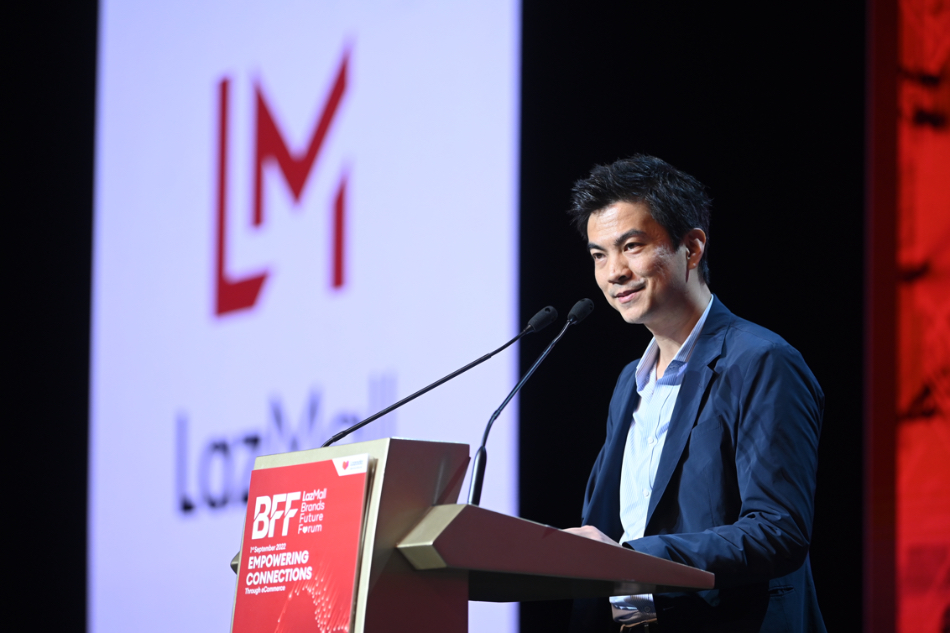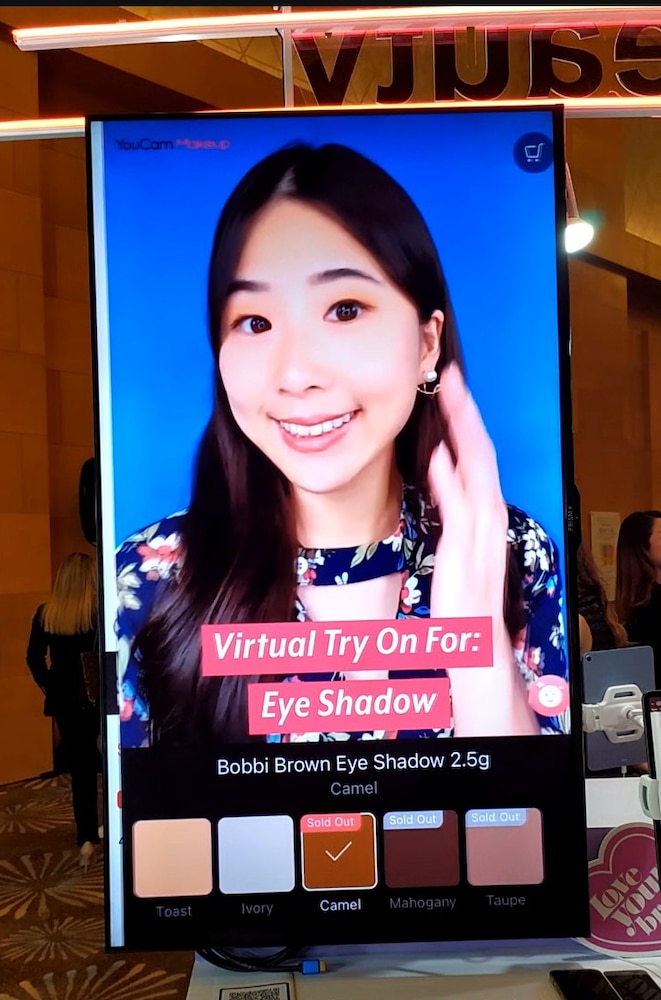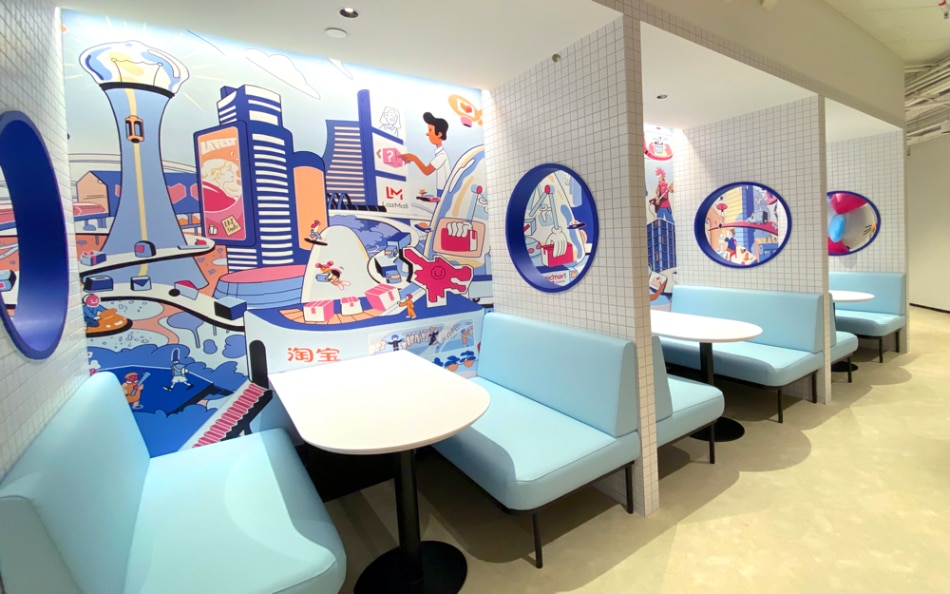Ten years ago, e-commerce was still an unpopular concept in the Philippines. Most people just made their purchases in brick-and-mortar spaces. Lazada Philippines co-founder and former managing director James Chang recalls that the biggest e-commerce site in the country in the early 2010s was sulit.com.ph. “[Back then] you look for the product [online], you call the number, then you meet [with the seller] at McDonald’s,” he said.
The biggest challenge for an e-commerce company during that time, adds Chang, was building trust—both with the brands and the customers. Consumers were naturally hesitant to give their bank/credit card information while big brands didn’t see the advantage of partnering with a company that was still unheard of.
So to build customer trust, Lazada, which came out in 2012, introduced cash-on-delivery in its system. This way, customers didn’t have to pay upfront or divulge their bank details right away. They needed only to pay once the items are on their hands. This kind of transaction also allowed the then very young e-commerce company to serve unbanked customers. Meanwhile, since it didn’t have brand partners yet, it invested in buying all their product offerings from manufacturers first.
But that was a decade ago. Lazada, now owned by the Alibaba Group, is considered one of the leading online shopping and selling destinations in Southeast Asia, with a strong presence in Indonesia, Malaysia, Singapore, Thailand and Vietnam. Many things have changed but, according to Chang, now Lazada Group’s Chief Business Officer, one thing has stayed the same: how the company puts a premium on customer trust.
Which is why the business initiated LazMall in 2018. Essentially, it is Lazada’s online shopping mall offering a curated selection of international and local brands. With LazMall, the company aims to provide customers with the “convenient and best level of service,” in order to build a better affinity with the company.
The future of online retail
ANCX was in Singapore recently to attend the third edition of the LazMall Brands Future Forum (BFF). The trade event brought together the region’s industry leaders and Lazada partners to exchange ideas and innovations aimed at enabling brands and sellers to thrive and offer a differentiated retail experience in Southeast Asia.
In his speech, James Dong, CEO of Lazada Group, shared his post-pandemic observations. While e-commerce growth is now normalizing, he said, habits during the pandemic stayed.
“A study we conducted recently found that e-commerce user penetration in Southeast Asia is expected to exceed 63 percent by 2025, which is up from just 53 percent right now. This means a total of more than 400 million users,” added Dong.
The same report also found that more than half of Southeast Asian consumers now use e-commerce marketplaces as search engines to find what they want.
With this in mind, the company continuously finds ways to enhance consumers’ brand experience. “From international brands to local SMEs, our LazMall brand partners have been leveraging campaigns and tapping into tools such as virtual-try on and gamification to elevate the online shopping experience for many consumers,” Dong shared.
Lazada’s virtual try-on feature allows fans of beauty brands like MAC, Bobbi Brown, NARS, and Maybelline to try different lipstick swatches, making makeup shopping online not only easier but more enjoyable.
Meanwhile, LEGO, one of the largest toy manufacturers in the world, brought their LEGO City series to life via an immersive gamification tool jointly developed with Lazada.
“The game was launched [October 2021] during their regional Super Brand Day with us, allowing shoppers to design their own virtual LEGO City using actual LEGO sets. And then, with the click of a button, they bring the universe they had built to life,” stated Dong who claimed LEGO grew 15 times faster on LazMall than its average growth in the region.
The Lazada Group CEO also made special mention of Filipino fashion accessories brand Tala By Kyla. The brand took advantage of LazMall’s mechanics and tools such as creating exclusive collections for campaigns, livestreaming, and enhancing buyer experiences with premium packaging and freebies and got great results.
“The seller, Kyla, is only 22 years old. Her aggressive campaign executions, and social media-savviness helped Tala By Kyla become the best-selling brand under fashion accessories in the Philippines,” said Dong.
The Philippines remains one of the leading e-commerce markets in Southeast Asia, says Lazada Philippines COO Carlos Barrera. “I’ve been in the Philippines for the last seven years, and what I can share is that the growth has always been faster than what we have previously anticipated,” he said. “Online penetration is very high. Social media is extremely strong. And when you look at the time spent [online] Philippines always ranked among the top two or three countries in the world.”
Filipinos are very fast when it comes to adapting to and trying new things, Barrera added—whether it’s livestream, shoppertainment, or new initiatives. There will always be risks or uncertainties, yes, but with the quality and assortment of products being offered, the COO is confident e-commerce will just continue its upward trajectory.

